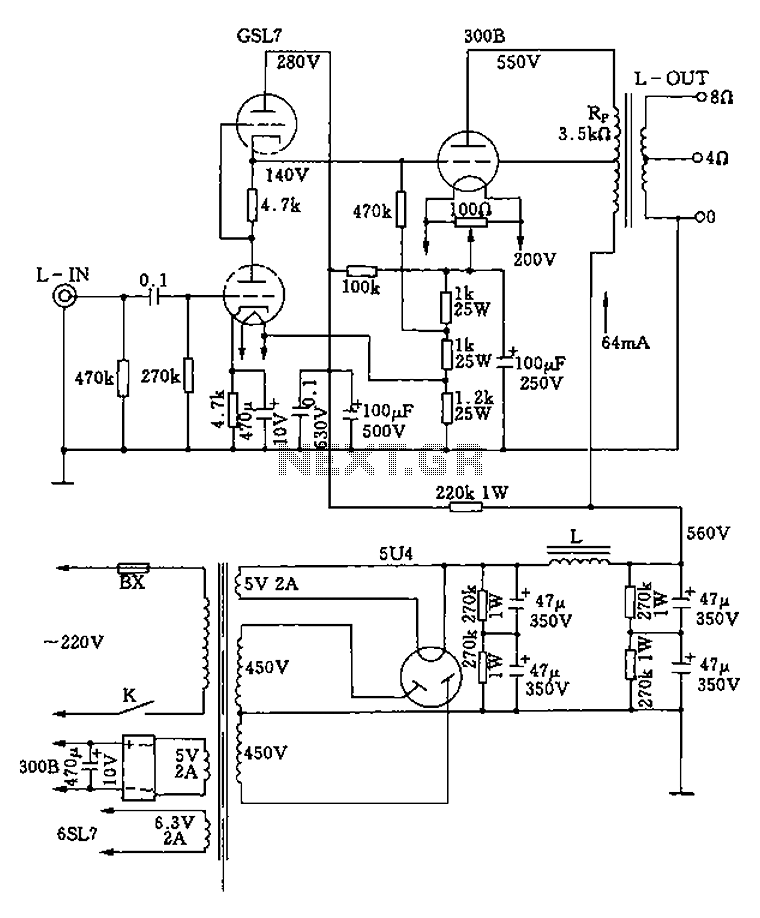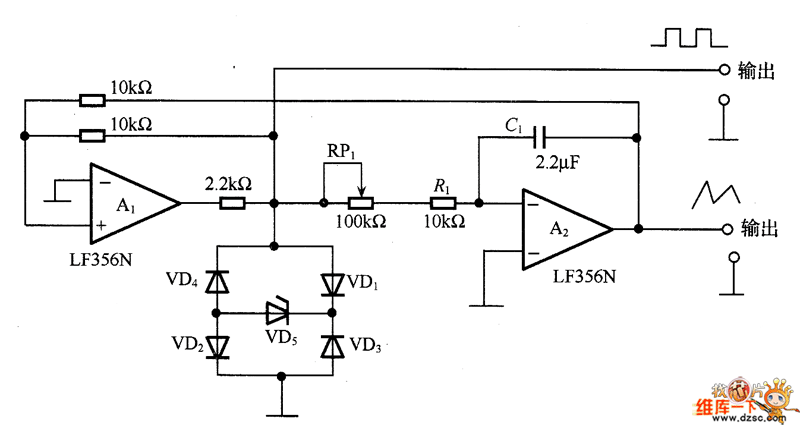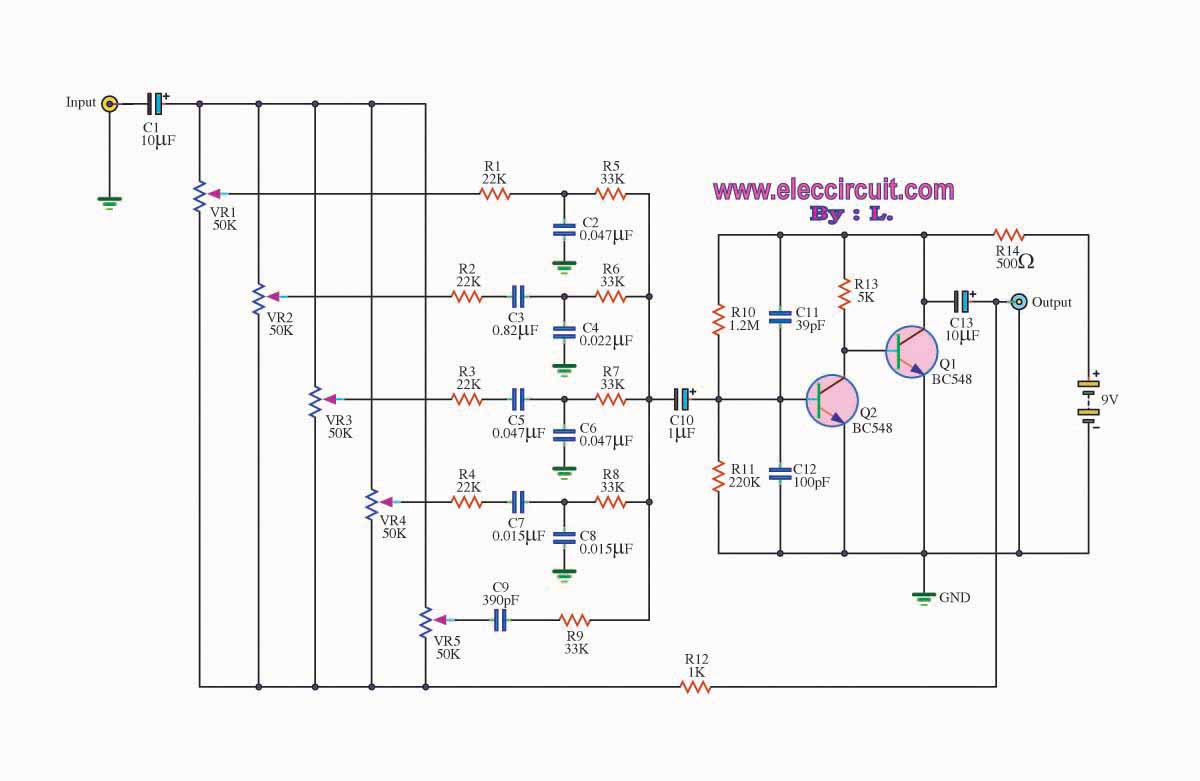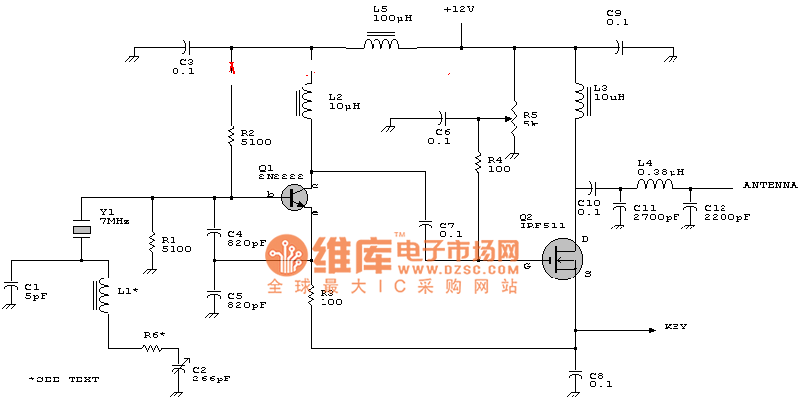
schematic diagram graphic arts
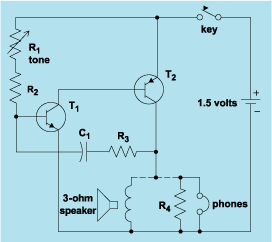
Schematic diagram. A presentation of the element-by-element relationship of all parts of a system.
A schematic diagram serves as a crucial tool in electronic design and engineering, representing the interconnections and relationships between various components within a system. It provides a visual framework that illustrates how each element, such as resistors, capacitors, transistors, and integrated circuits, interacts within the overall circuit.
In a typical schematic, symbols are used to denote different electronic components, and lines represent the electrical connections between them. This representation allows engineers and technicians to easily understand the functionality and layout of the circuit without the need for physical assembly.
Schematic diagrams are essential for troubleshooting, as they enable users to trace signals through the circuit and identify potential issues. Additionally, they serve as a reference during the manufacturing process, ensuring that all components are correctly placed and connected according to the design specifications.
The clarity of a schematic diagram is paramount; it should be organized logically, with components arranged to minimize confusion. Labels and values for each component are typically included to provide additional context, such as resistance values for resistors or capacitance for capacitors. By adhering to standardized symbols and conventions, schematic diagrams facilitate communication among engineers and ensure consistency across designs.
Overall, a well-crafted schematic diagram is an indispensable element in the development and documentation of electronic systems, enabling efficient design, analysis, and maintenance.schematic diagram. A presentation of the element-by-element relationship of all parts of a system.. 🔗 External reference
A schematic diagram serves as a crucial tool in electronic design and engineering, representing the interconnections and relationships between various components within a system. It provides a visual framework that illustrates how each element, such as resistors, capacitors, transistors, and integrated circuits, interacts within the overall circuit.
In a typical schematic, symbols are used to denote different electronic components, and lines represent the electrical connections between them. This representation allows engineers and technicians to easily understand the functionality and layout of the circuit without the need for physical assembly.
Schematic diagrams are essential for troubleshooting, as they enable users to trace signals through the circuit and identify potential issues. Additionally, they serve as a reference during the manufacturing process, ensuring that all components are correctly placed and connected according to the design specifications.
The clarity of a schematic diagram is paramount; it should be organized logically, with components arranged to minimize confusion. Labels and values for each component are typically included to provide additional context, such as resistance values for resistors or capacitance for capacitors. By adhering to standardized symbols and conventions, schematic diagrams facilitate communication among engineers and ensure consistency across designs.
Overall, a well-crafted schematic diagram is an indispensable element in the development and documentation of electronic systems, enabling efficient design, analysis, and maintenance.schematic diagram. A presentation of the element-by-element relationship of all parts of a system.. 🔗 External reference
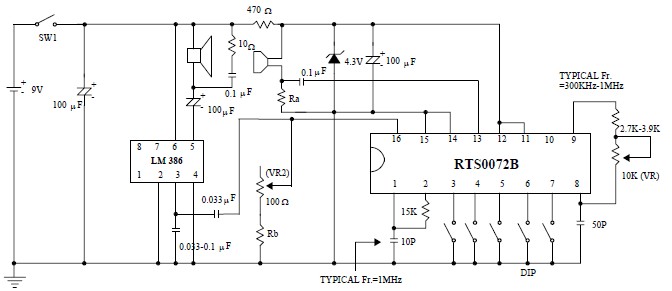
C0QBmk~%24(KGrHqIOKkIEq4M%2Bu,)1BK2zHH580Q~~_35.gif)
